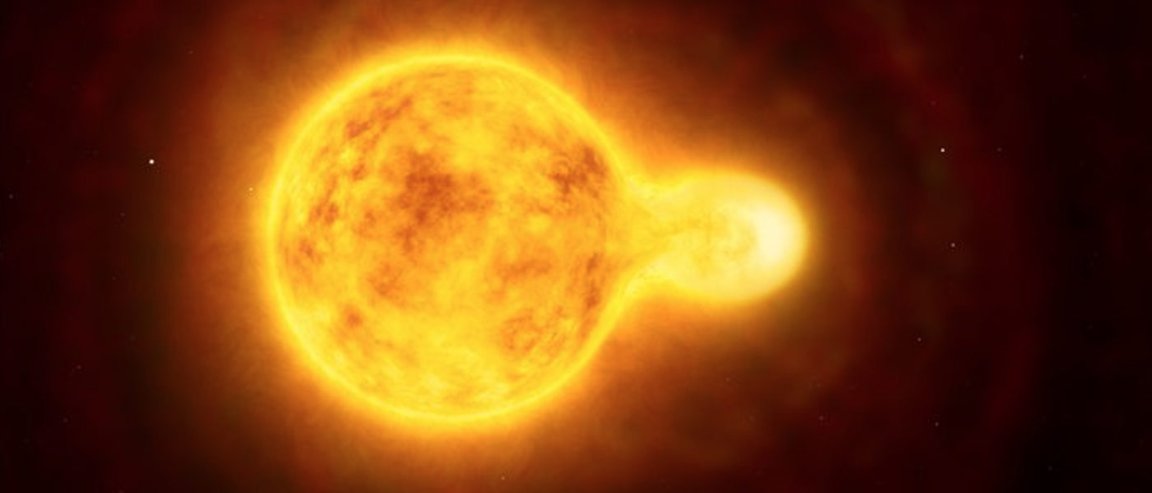
Fusion energy is an energy source that sounds almost too good to be true: unlimited energy that could be powered by the likes of seawater, with no expense to the environment. Maybe that’s why it’s been in development since the Cold War, and still looks to be a long way off.
So what is nuclear fusion? Essentially, it is the process that happens at the core of stars like our Sun. In fusion, two hydrogen isotopes are fused together, creating helium and a whole lot of energy.
But unlike other sources of energy, it has few real drawbacks. The only waste from successful fusion is helium, the second most abundant element in the Universe. You’d only need something with plenty of hydrogen (like water) for fuel. It’s not a barely-contained bomb (unlike what we associate with nuclear fission), so a plant failure wouldn’t lead to a meltdown.
So why don’t we have fusion power plants yet? Well, the problem comes down to holding on to the hydrogen fuel as it reaches temperatures that are in excess of 150 million degrees Fahrenheit. Ultimately, the technical issues that come along with this pose monumental challenges, challenges that scientists are still working to surmount.
Learn more about fusion power, and if we’ll ever achieve it, in the video below.
